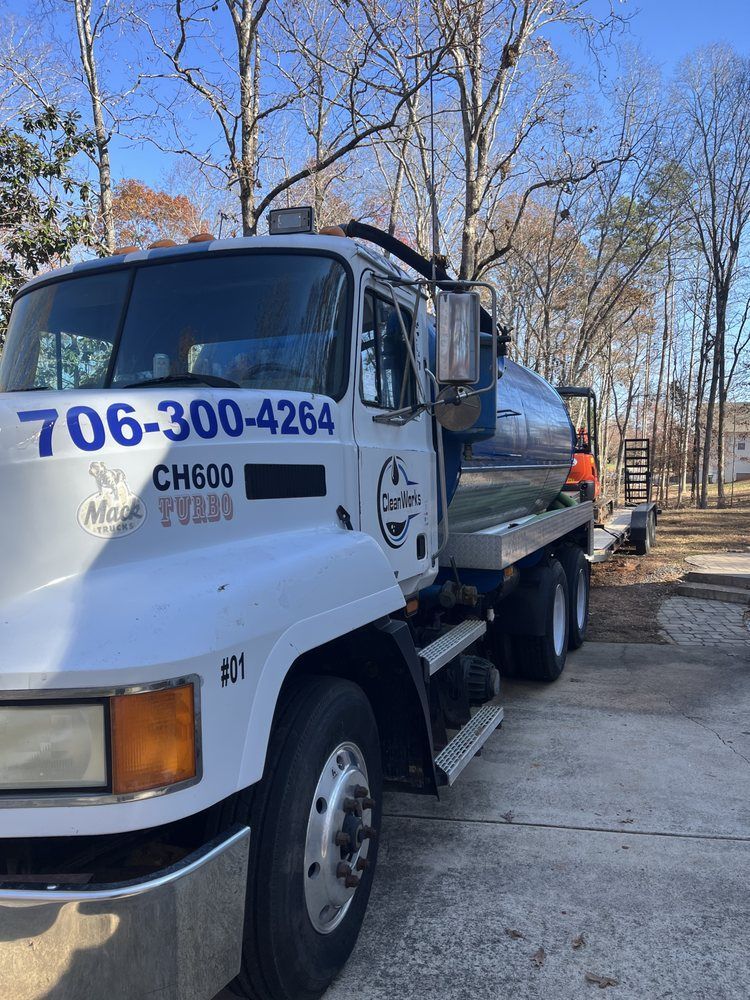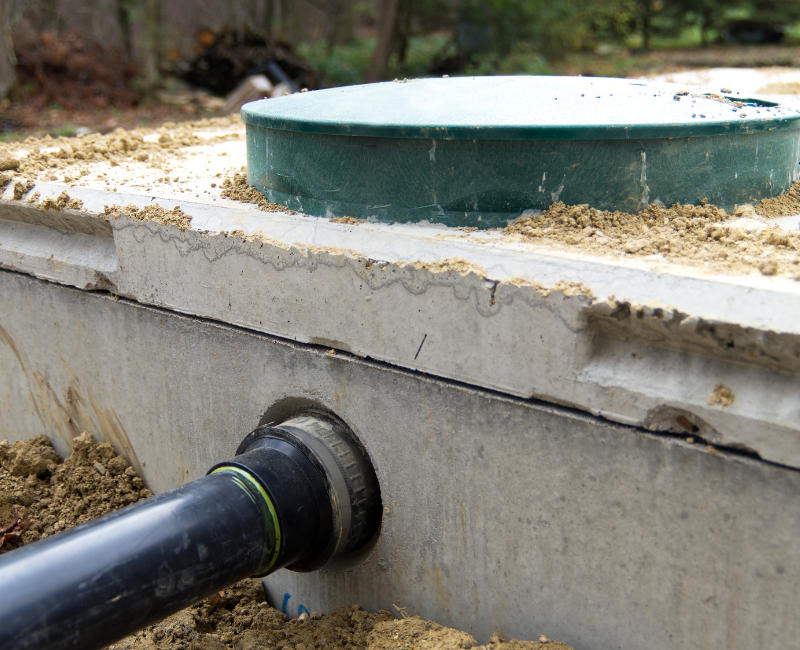Septic systems are an essential part of many residential and commercial properties, providing a safe and efficient method for wastewater treatment and disposal. Among the key components of a septic system, the drain field (also known as the leach field) plays a vital role in the final stage of wastewater treatment. In this blog, we will delve into the world of septic drain fields, exploring their purpose, design, and maintenance requirements.
Understanding Septic Drain Fields
Septic drain fields are an integral part of a septic system, responsible for the final treatment and dispersal of the treated wastewater into the soil. After wastewater flows into the septic tank and undergoes initial treatment, it enters the drain field, where natural processes complete the purification process before it is returned to the environment.
Purpose and Function
The primary purpose of a drain field is to allow the treated wastewater, known as effluent, to percolate slowly through the soil. The soil acts as a natural filter, removing harmful bacteria, viruses, and contaminants from the effluent. It also provides the necessary oxygen and microbial activity for further decomposition and treatment of organic matter.
Design and Construction
The design and construction of a drain field are critical for its proper functioning. Factors such as soil type, percolation rate, groundwater levels, and available space all influence the design. Perforated pipes or chambers are laid in trenches or beds filled with gravel or aggregate material. These pipes distribute the effluent evenly across the drain field, allowing it to seep into the surrounding soil for further treatment.
Maintenance and Care
To ensure the long-term functionality of the drain field, proper maintenance is essential. Here are some key maintenance practices to keep in mind:
- Avoid overloading the septic system with excessive water usage, as it can overwhelm the drain field's capacity to absorb and treat wastewater.
- Regular septic tank pumping is crucial to prevent solids from entering the drain field, which can clog the pipes and soil.
- Keep heavy vehicles and machinery off the drain field to prevent soil compaction, which can impede the percolation of effluent.
- Minimize the use of harsh chemicals, such as bleach or antibacterial cleaners, as they can harm the beneficial bacteria in the septic system and hinder the treatment process.
Signs of Drain Field Issues
It's important to be vigilant for signs of drain field problems, as addressing them promptly can prevent more significant issues. Signs of drain field issues may include slow drains, foul odors near the drain field area, pooling water or wet spots on the ground, or sewage backups in the plumbing system. If you notice any of these signs, it is advisable to contact a septic system professional for an inspection and necessary repairs.
Septic drain fields are crucial components of septic systems, responsible for the final treatment and dispersal of wastewater into the soil. Understanding their purpose, design, and maintenance requirements is essential for the proper functioning of the entire septic system. By practicing regular maintenance, being mindful of water usage, and addressing any issues promptly, you can ensure the longevity and efficiency of your drain field, contributing to a healthy and sustainable wastewater management system for your property.
Service Area (but not limited to)
Big Canoe, Clarksville, Clermont, Cleveland, Commerce, Cumming, Dahlonega, Dawsonville, Gainesville, Jasper, Lula, Maysville & Suches
All Rights Reserved | CleanWorks Septic



